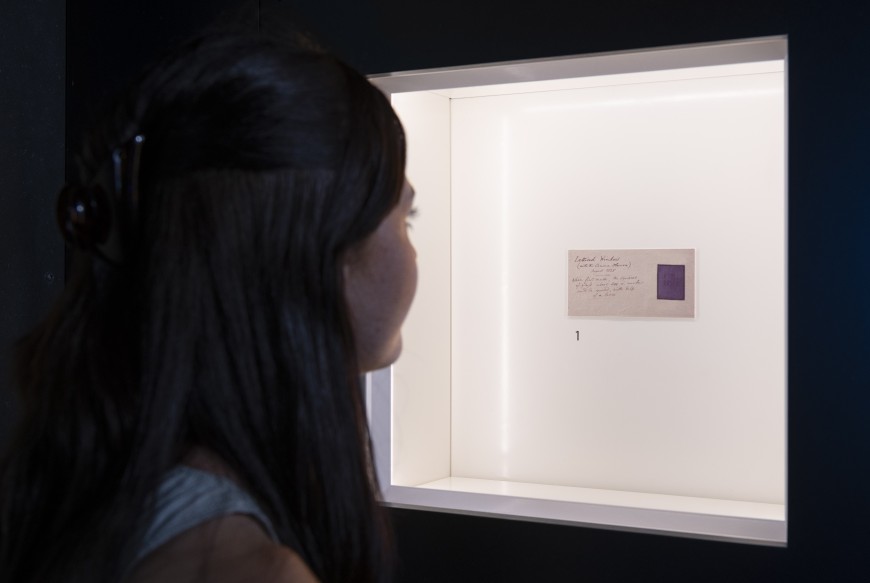
To celebrate World Photography Day (Tuesday 19 August 2025), the National Science and Media Museum is shining a spotlight on some of the earliest surviving examples of photography, now on display in the museum’s new Sound and Vision galleries.
The date marks the anniversary of 19 August 1839, when details of Louis Daguerre’s daguerreotype process – the first practical method of creating permanent photographs – were formally announced in Paris. Daguerreotypes are detailed images produced on polished metal plates. Light-sensitive materials and a special chemical process were used to produce a mirrored image onto the plates, capturing scenes with precision and permanence that was considered revolutionary at the time.
At the National Science and Media Museum, visitors can discover original daguerreotype images from this period, created using this innovative early photographic process. Included in those on display is daguerreotype of a woman made by Antoine Claudet studio, created in 1841. As one of the earliest surviving examples of Daguerre’s process, it shows the subject poised in typical 1840s fashion and demonstrates the remarkable clarity that made daguerreotypes so prized.
Photography is a core part of the National Science and Media Museum’s remit. Elsewhere in the new Sound and Vision galleries, visitors can chart the development of photography from displays telling the story of William Henry Fox Talbot’s earliest photographic negatives through to ongoing developments in digital imagery, including the smartphone cameras many of us carry with us every day.
Visitors can also take a journey through the history of photography in the museum’s Kodak Gallery, exploring not only the technological innovations that transformed photography but also its growth and increasing accessibility, which brought picture-taking into everyday life.
Almost 200 years on from Louis Daguerre’s daguerreotype process, World Photography Day continues to be a celebration the art and science of photographic technologies around the world. The National Science and Media Museum invites visitors to explore this history and see firsthand how photography has transformed the way we capture, share, and understand the world.
Related
Comments
Comments are disabled for this post.


 to add an item to your Itinerary basket.
to add an item to your Itinerary basket.




